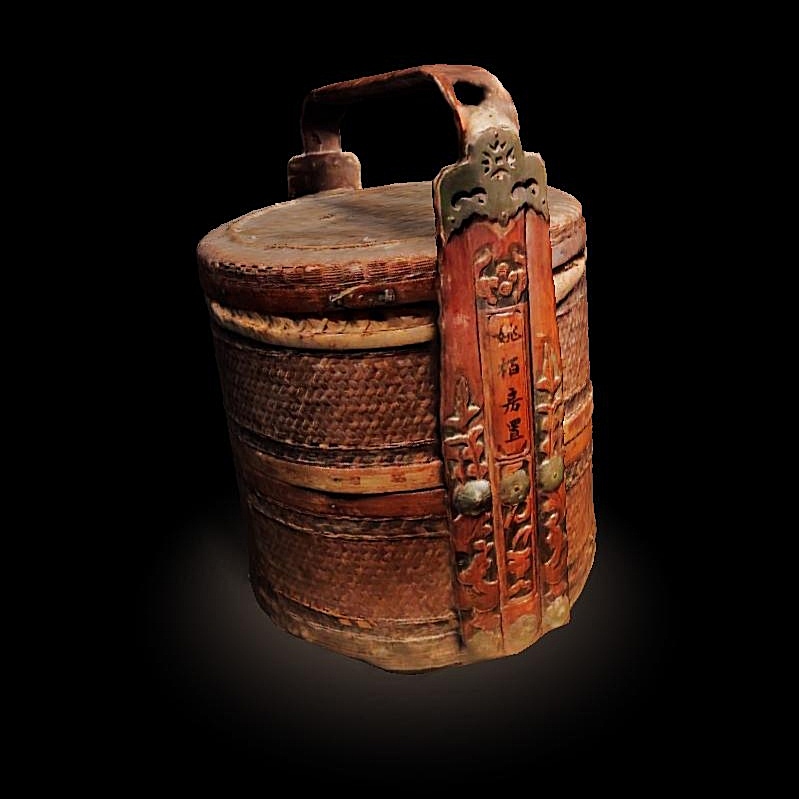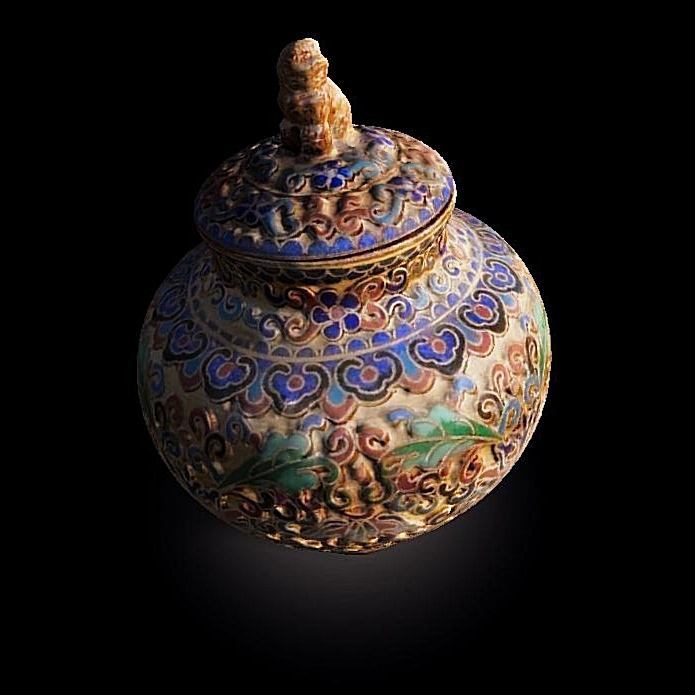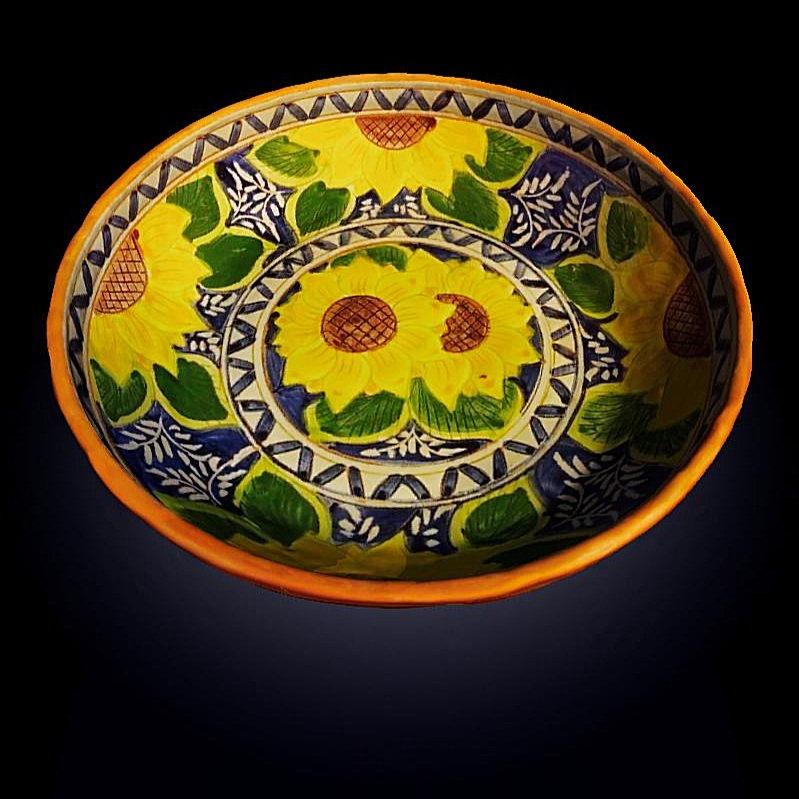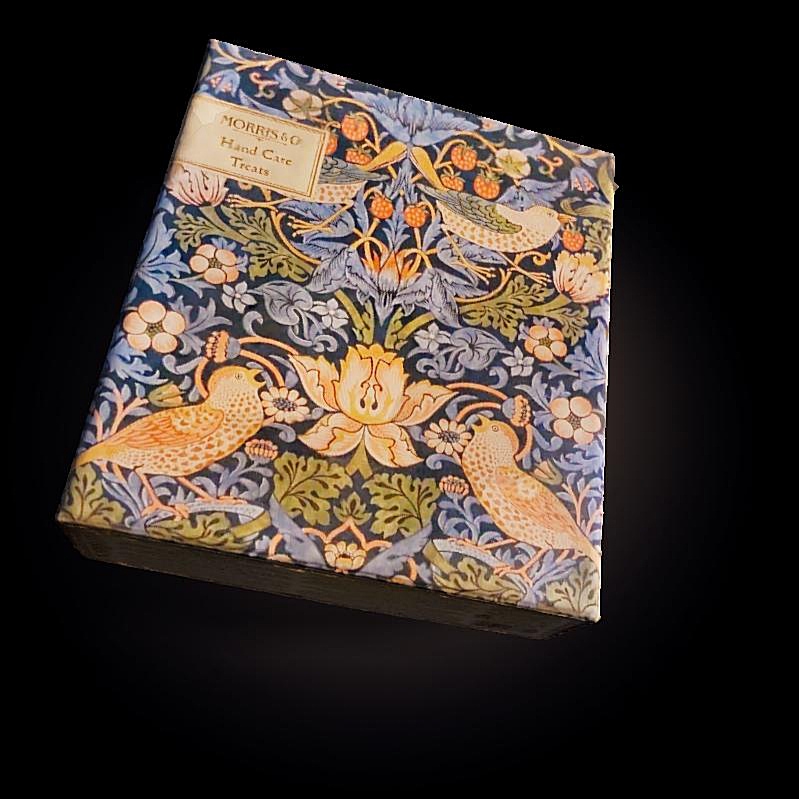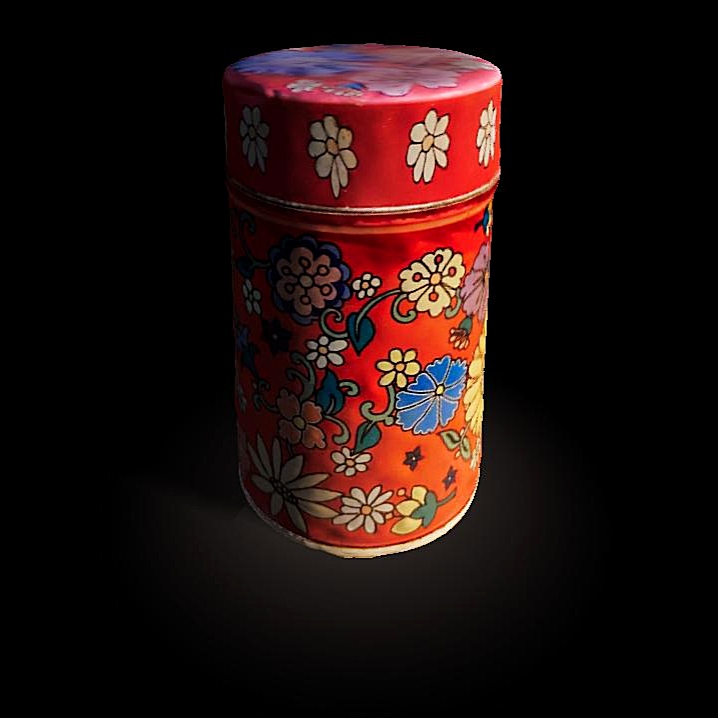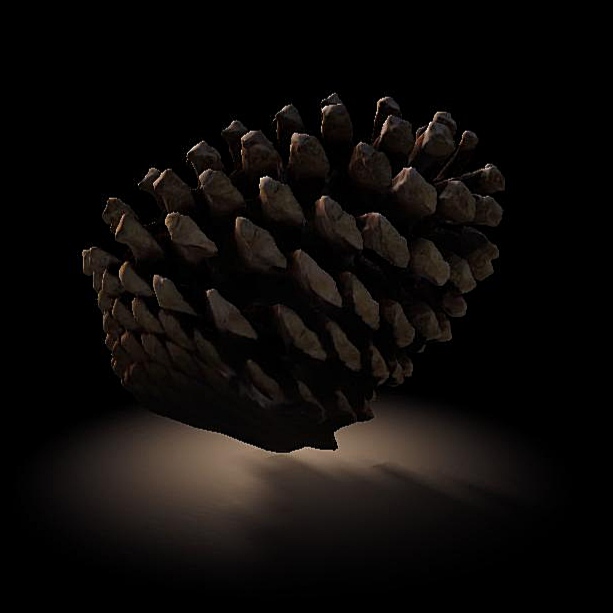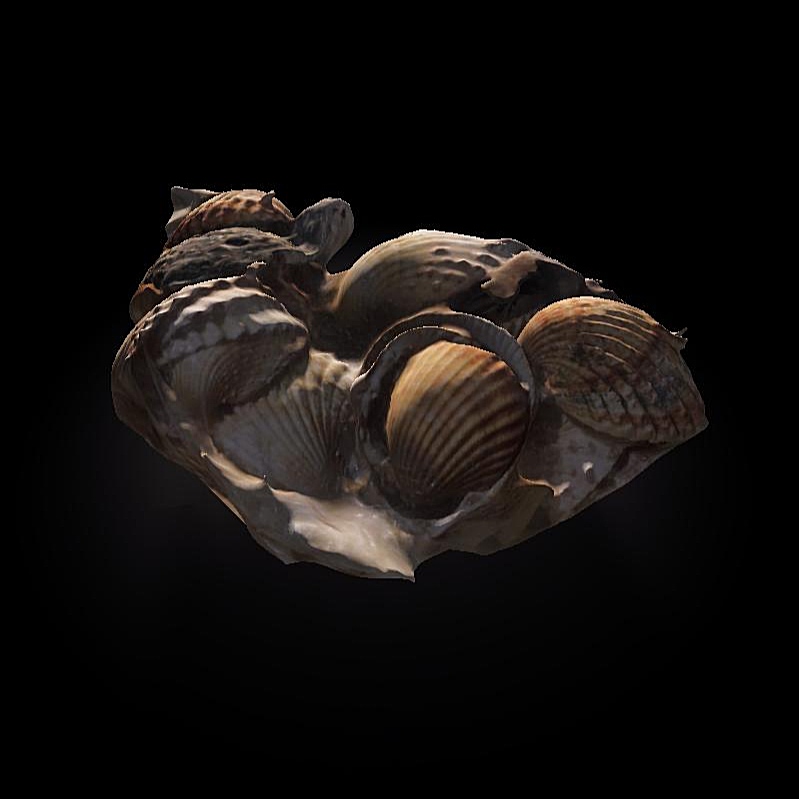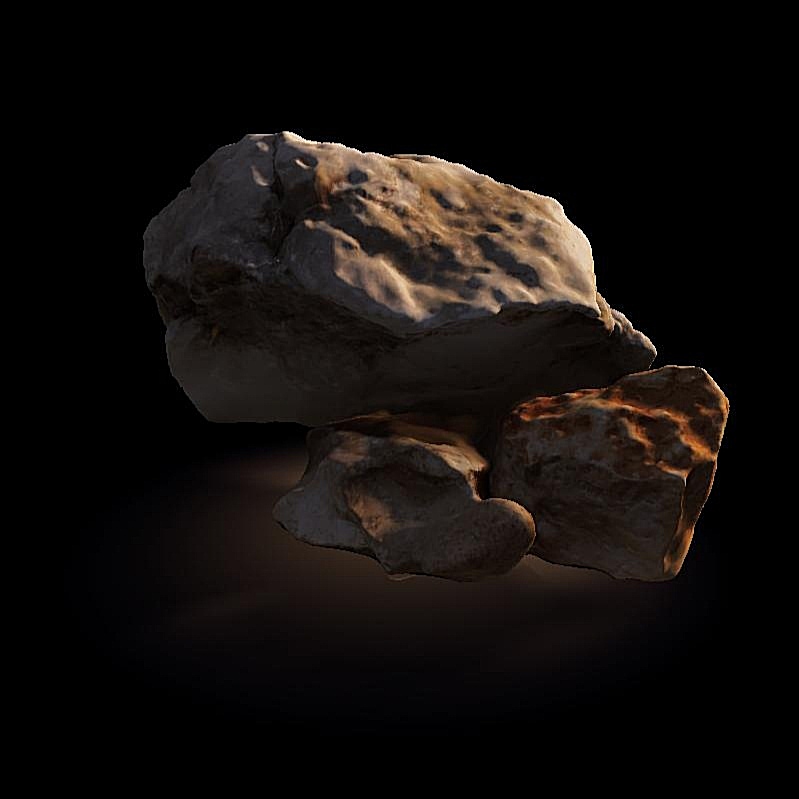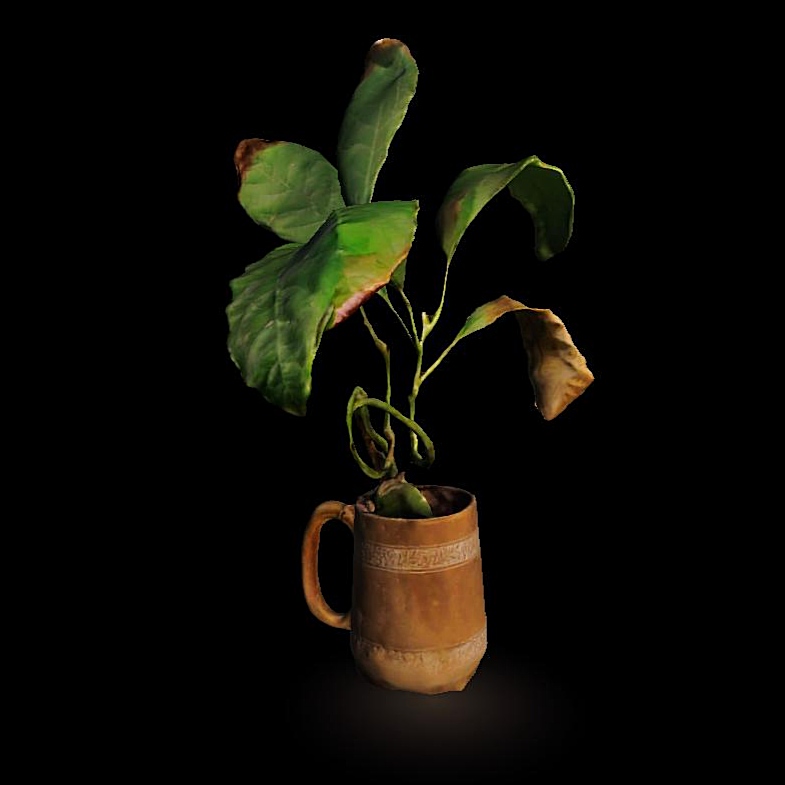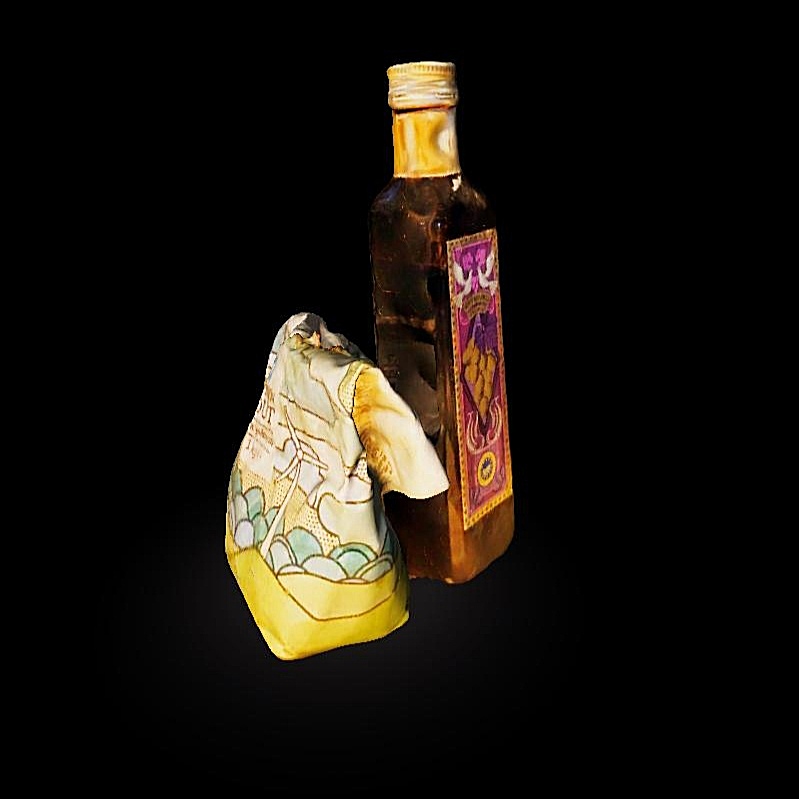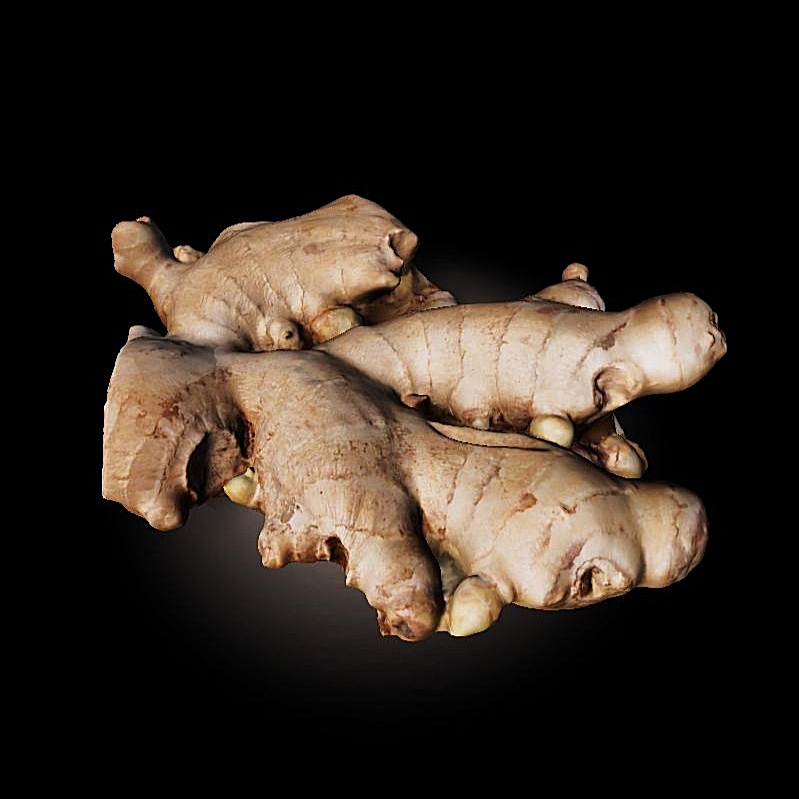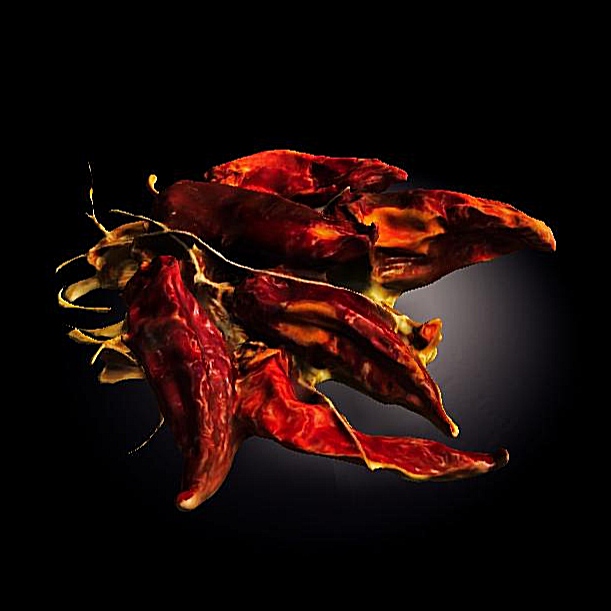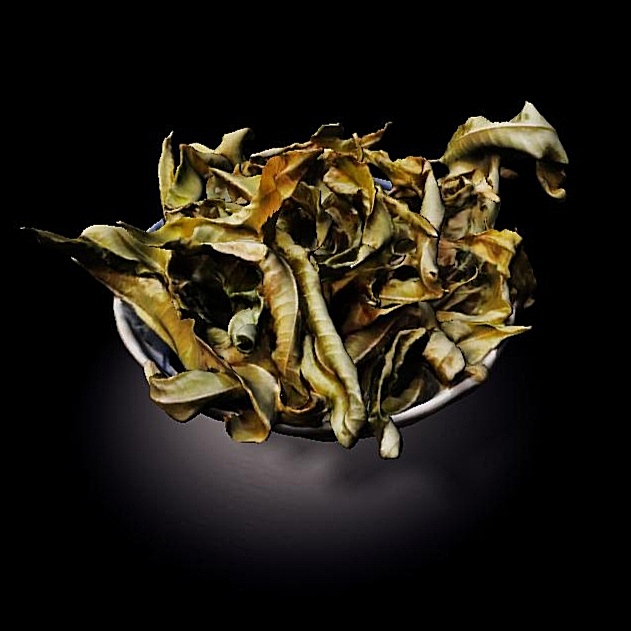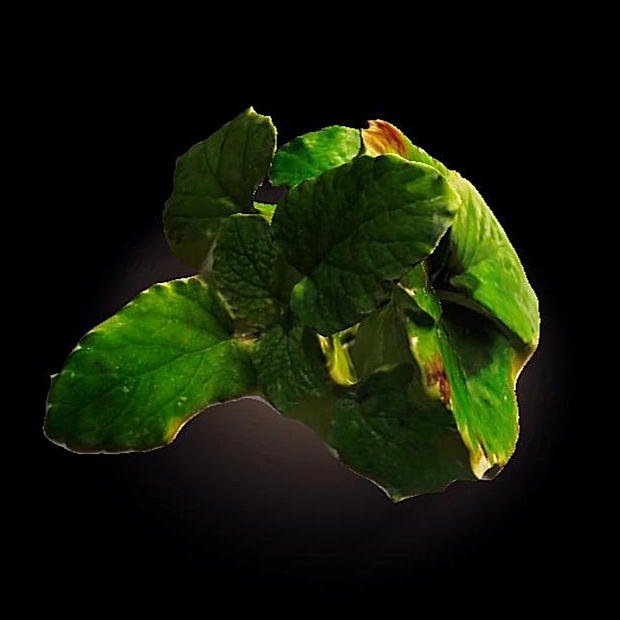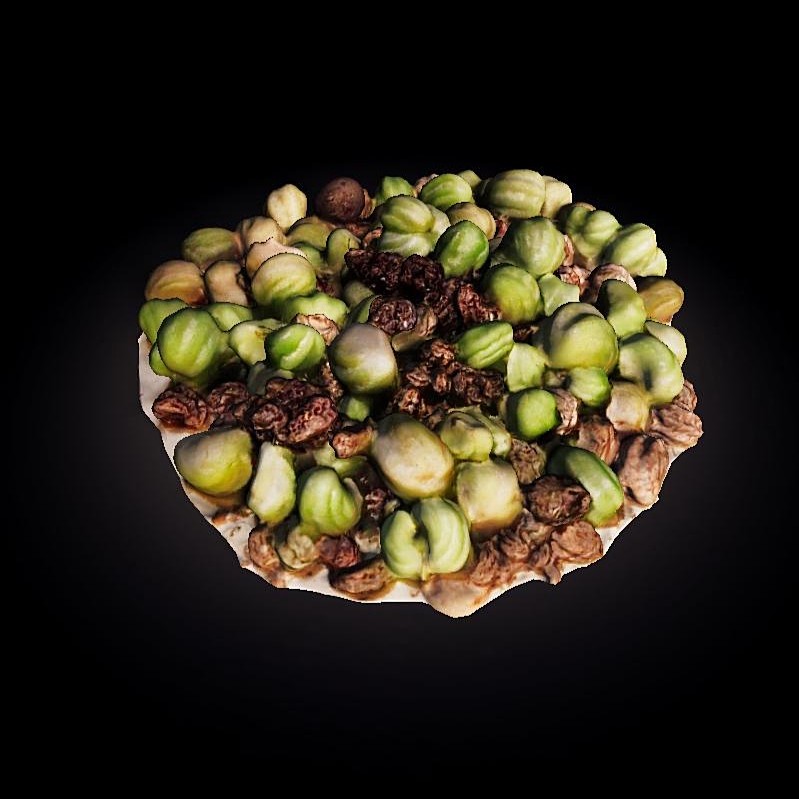The following is a gathering of reflection on Nature in one’s home : Where can nature be found within someone’s house? What does it mean, to see artistic uses of natural elements on an ordinary object, and a houseplant sitting gently, in one corner?
Here, I use a heavily culturally biassed term ‘Nature’. One which is both deeply consensual and obvious, while its definition often slides away from one’s tongue in vague terms. I thus want to clarify, that what I encompass here behind the word ‘nature’, is everything, that is more than human, which leaves or once lived, or simply was, in a state of equilibrium with the rest, all the rest.
NATURE AS Ornament
So we see ourselves outside of nature, but cannot restrain from using every possible ‘natural’ element as ornaments. The beauty we humans generally find in nature remains quite a paradox. ‘Nature’ is wild, dangerous, other, primitive, cheap, good to be used and exploited. Yet it is also inspiring, balanced and proportioned, detailed chaos and mother of all myths.
It feels like one’s proximity to nature is comparable to the sum of one’s (material) privileges.
In a big generalisation from my observation, if you live in the countryside, but are not financially favoured, then your geographical closeness to wide ‘natural spaces’ is a limiting constraint. You would rather go to the city, migrate and scale-up in social class, from villager to urbanite. In the city, the least affordable places are the convenient ones, near the centre, spacious and often, close to nature: ‘with view on to the park’, ‘own garden’, ‘sheltered by century old trees’. You must be financially comfortable, to enjoy living close to nature in the city. And the next level, brings you back outside the urban area. When the rich are tired of the busy concrete streets, they find refuge in isolated yet easily accessible villas, surrounded by luscious green.
NATURE AS COMMODITY
There is hardly any landscape, which has not been modified by human activities. Land used for agriculture, lodging, building, is transformed by the human hand.
As were the northern american steppe partially shaped by the migration of bison or the biodiversity on the island of Terschelling through birds visits.
There are those direct, easily relatable changes, a forest that becomes a field, a mountain being carved away. But other are indirect, consequences of human’s activities. Plastic corpses building up new shores and valley; eons old glacier fading away. But it does not matter, as Nature is cheap. The things that are outdoors, are for humans tokens to be collected. To be used to build more, process and create, without given limit to extractions and consumption.
NATURE AS FOOD AND MEDECINE
What we eat comes from the soil, grows somewhere, and is brought to us. Now, this food was probably engineered, from selected to modified plants. They may not all have grown roots into the ground, or seen a ray of sun. Most beans and grains from your diet, you owe to farmers in Egypt, east of Europe, Asia, or Latin America. Your food might have travelled further than you ever had. Grown there, from seed produced elsewhere, transported away, packaged here then sent again, in places of trade. Are the canned beans in our pantries a piece of nature in a tin? Is the organic apple lying on the counter, closer to nature, because it experienced the soil, tasted sun and rain, and got officially preserved from pesticides?
NATURE AS KNOWLEDGE
What we eat comes from the soil, grows somewhere, and is brought to us. Now, this food was probably engineered, from selected to modified plants. They may not all have grown roots into the ground, or seen a ray of sun. Most beans and grains from your diet, you owe to farmers in Egypt, east of Europe, Asia, or Latin America. Your food might have travelled further than you ever had. Grown there, from seed produced elsewhere, transported away, packaged here then sent again, in places of trade. Are the canned beans in our pantries a piece of nature in a tin? Is the organic apple lying on the counter, closer to nature, because it experienced the soil, tasted sun and rain, and got officially preserved from pesticides?

